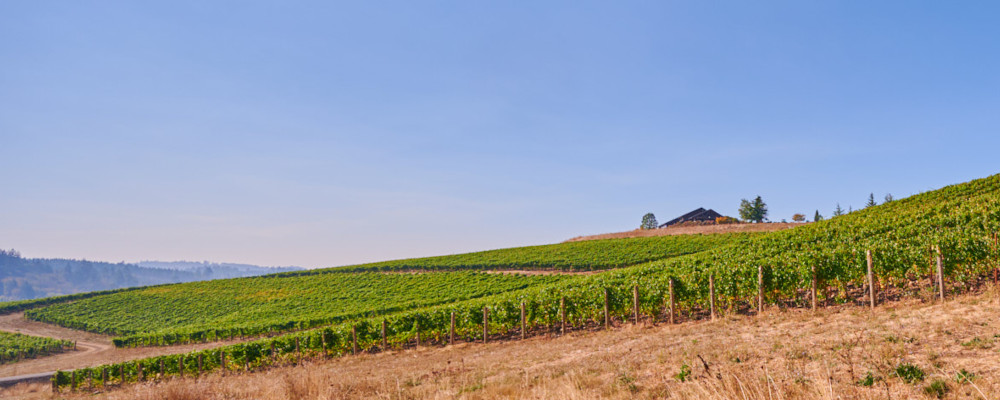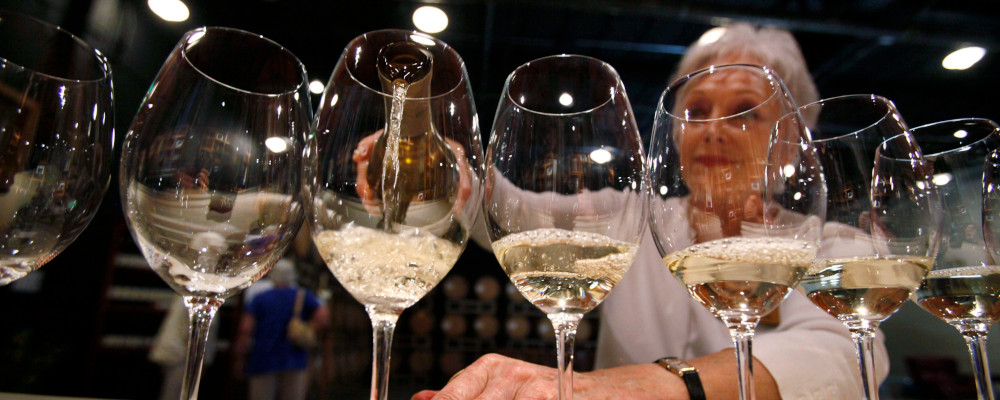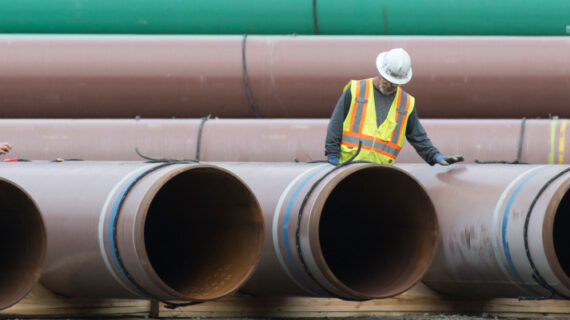The Oregon and Washington State Wine Expedition, a road show of producers from both Pacific Northwest states, came to Toronto this week. The show is always well attended, especially from the restaurant trade. If I see a bottle from this part of the world on a wine list, it always piques my interest, as I presume the buyer is curious enough to source from beyond the usual New World suspects.
A version of this show was one of the first to get back in circulation after the pandemic shutdowns, and I would like to think it’s because there is an affinity between these producers and the Canadian markets. The Washington State wines are generally analogous to Okanagan wines, while there are parallels between the cooler climate Oregon wines, especially from the Willamette Valley, and what comes out of Niagara and Prince Edward County in Ontario.
Another similarity the Pacific Northwest winemakers have to Canadian ones is the relatively high cost of making wine in their region. Producers tend to be small and work in climatic or geographically difficult areas. As one Washington State export manager told me at a previous show, the problem is, unlike California, they have no big production area like the Central Valley to equalize prices. Everything tends to be on the boutique side of the market.

A final affinity across the border with our Cascadian winemaker cousins is the relative age of the modern wine industry. This holds particularly true between the two O’s, Oregon and Ontario, which began serious vinifera (fine wine) grape growing and winemaking projects in the 1970s. Two Oregon producers that began in 1972 brought wines to the show that demonstrated differences in style but a similarity of purpose in an interesting way.
David Adelsheim can claim absolute bonafides as an Oregon wine pioneer. Before founding Adelsheim, he worked with David Lett at The Eyrie Vineyards, a winemaker known as “Papa Pinot” for planting the first commercial vineyard of the grape in the state, convinced that the climatic and geographic conditions were comparable to Burgundy.
Though Adelsheim sold controlling interest of his namesake winery in 2017, he remains a promoter of the wines, and of Oregon wines in general. He brought to Toronto two wines: the Adelsheim Breaking Ground Pinot Noir Chehalem Mountains 2021 ($73.99 in Ontario) and the Adelsheim Staking Claim Chardonnay Chehalem Mountains 2019 ($45 USD at the winery).
The 2021 Breaking Pinot Noir was elegant and perfumed, with floral notes over red fruit with a hint of cranberry bitterness. David Lett had caught the attention of the Burgundians in the 1970s and 80s, and tasting this wine coming from that tradition, you could see how and why. At $74 (so let’s assume $150 or more in a restaurant), it certainly isn’t cheap, but head-to-head with a Grand or Premier Cru it would certainly hold its own.
Adelsheim also brought more than wine. He brought some perspective over more than 50 years of winemaking. “We started broke, and we’re still pretty much broke,” he joked, as we tasted the 2019 Staking Claim Chardonnay, making the point that change has been slow and gradual in the Willamette Valley.
He explained that while the Willamette Valley vintners looked to Burgundy and cool climate for inspiration when they made Pinot Noir, until the second decade of this century they were more likely to look south when they made Chardonnay. The commercial success of California Chardonnay suggested that big and oaky was the way to go.
The 2019 Adelsheim Staking Claim will never be confused with a California wine. It’s a lean and mineral Chardonnay, with crisp lime notes: more Meursault than Montrachet, if put into Burgundian terms. It is very much a food wine from a cooler climate.

Nate Winters shares Adelsheim’s enthusiasm for Oregon wine, and though he also represents a 52-year-old winery, I suspect it is unlikely that he was alive when Dick and Virginia Troon planted their vines. Winters joined Troon Vineyard and Farm just before its second ownership change in 2017 and has been its marketing director as the winery has established itself as a leader in a new wave of Oregon wines.
Troon is in the Applegate River Valley in Southern Oregon, near the California border. The climate there is warmer and dryer than the Willamette Valley in the northern part of the state. Troon has adapted to its climate and invested in Mediterranean grapes, farming them in a deeply sustainable way and with about every certification one can imagine. All the pictures on social media prove it. They also list their ingredients on every bottle of wine (a rare practice that shouldn’t be).
However good for the planet Troon wines may be, Winters’ ultimate selling point is how they taste. The Troon Vermentino Applegate Valley 2022 ($39.95 in Ontario) was crisp, clean, forward in citrus fruit with a hint of white flower, and slightly honeyed in the finish. The first proof that this grape import from Northern Italy and Southern France worked very well in Oregon was the wine’s harmonious balance of acidity and depth. The second proof was the desire for another sip.
The Troon Siskiyou Syrah Applegate Valley 2022 ($88.95 in Ontario) was additionally a transcendent wine, full of tar (black pepper), roses, and dark red fruit. Despite the generous depth of flavour it had a lightness that made it a cousin to Adelsheim’s Pinot Noir in the way that the wines from the Northern Rhone, or even Piedmont, can correspond to Burgundy while being simultaneously different. Two things can be true at once, and it’s possible to be both serious and fun.
Note: The day this column is posted, April 12, is also the day that bids are open for the Grapes for Humanity Fine Wine Auction 2024 at Waddington’s auction house.
There are few better opportunities to buy older vintages of renowned fine wines in Canada, and all for a good cause. The charity auction, set up in 2020, is known to attract celebrity collectors as donors and this year features a number of “MicroLot” collaborations from some of Canada’s best-known winemakers. I will cover it in greater detail in my next column but thought readers ought to know in real time.




